1. Potatoes
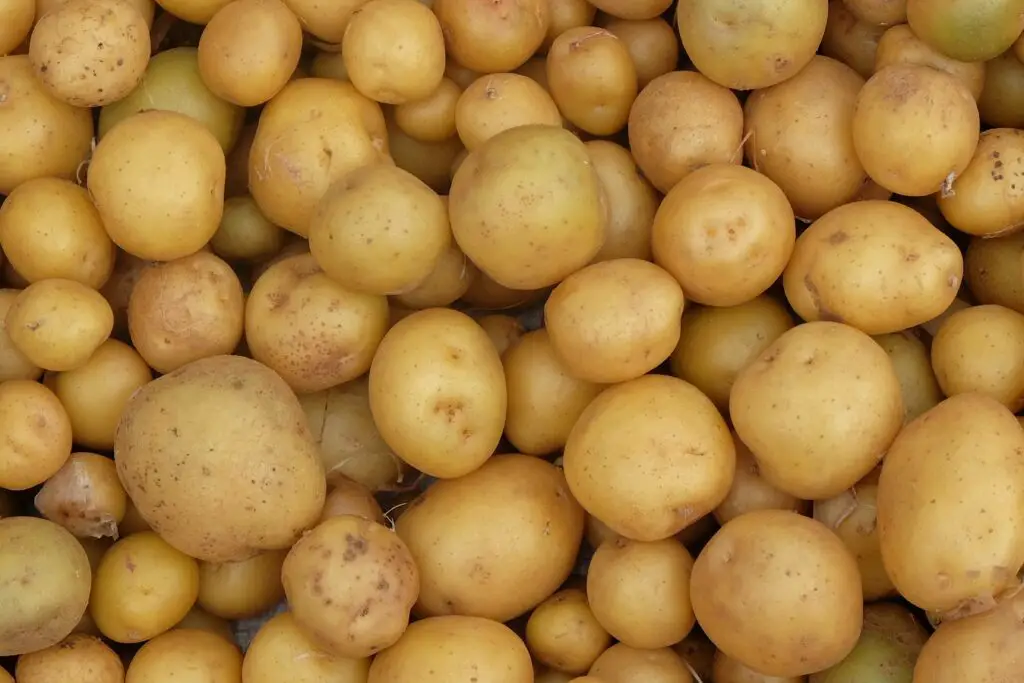
The humble potato was once feared and even considered deadly in parts of Europe. Early European settlers mistakenly thought potatoes were linked to poisonous plants like nightshades, and many people believed they caused illness or death. It wasn’t until the 18th century that people began to experiment with eating the potato, despite its initial bad reputation. A few brave souls, including the French, started to realize that potatoes could be safely consumed when cooked properly, removing the toxic parts.
By the mid-1700s, potatoes had been embraced, especially after Antoine-Augustin Parmentier, a French pharmacist, promoted them as a safe food to alleviate famine. Parmentier went so far as to host public feasts to prove potatoes could be enjoyed without harm. Today, potatoes are one of the world’s most consumed and beloved vegetables, but it all began with a risk taken by those willing to challenge the status quo.
2. Cashews
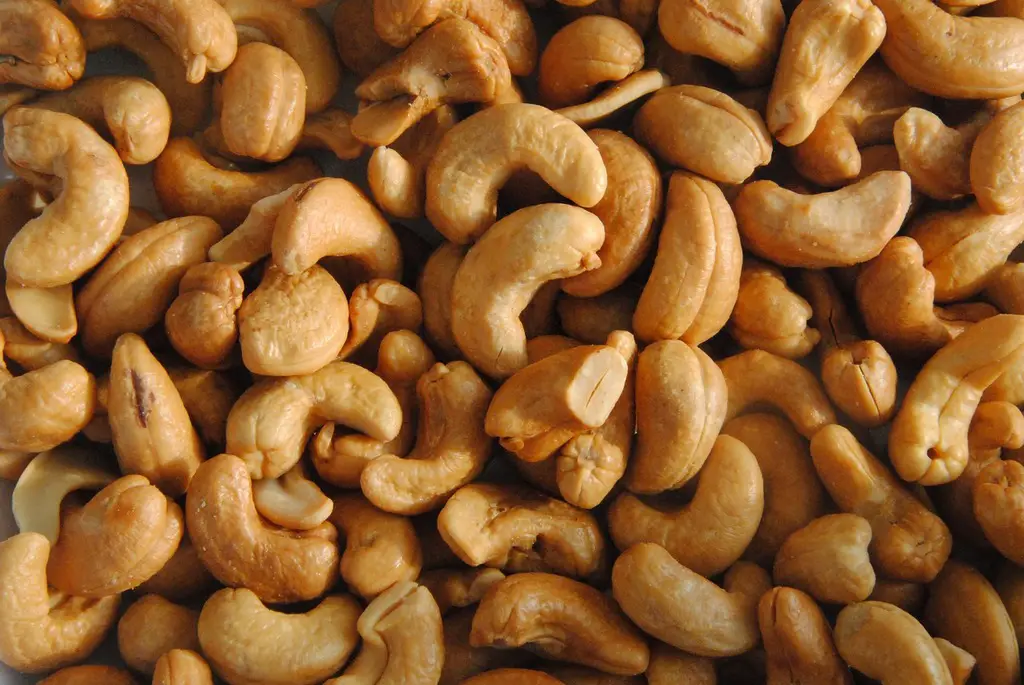
Cashews are a popular snack today, but they were once a dangerous nut due to the toxic substances in their shells. Cashew shells contain a resin known as urushiol, the same compound found in poison ivy, which can cause severe skin reactions. The nuts themselves are safe to eat, but early harvesters didn’t have the technology to separate the resin from the edible part of the cashew. People initially avoided them for fear of poisoning or injury.
It took a bold leap to figure out how to process cashews safely, and it wasn’t until the 19th century that methods for removing the toxic resin were developed. By heating the cashew shells and removing the resin, the nuts became a delicious, safe treat. Now, cashews are one of the most popular nuts worldwide, and people have long forgotten their toxic past.
3. Rhubarb

Rhubarb’s thick, red stalks are now a staple in pies and jams, but its leaves once held a deadly secret. While the stalks are edible, the leaves contain high levels of oxalic acid, which can lead to poisoning if consumed in large amounts. Early cooks in Europe learned the hard way that rhubarb leaves were highly toxic, but they continued to use the stalks, eventually discovering how to distinguish the two.
In the 18th century, it became clear that rhubarb stalks could be used in cooking and as a medicinal herb, while the leaves were best avoided. The discovery was made by those who took a risk in experimenting with rhubarb in different ways. Despite its poisonous reputation, rhubarb has become a beloved ingredient in many desserts, largely due to the early risk-takers who found its potential.
4. Fugu (Pufferfish)
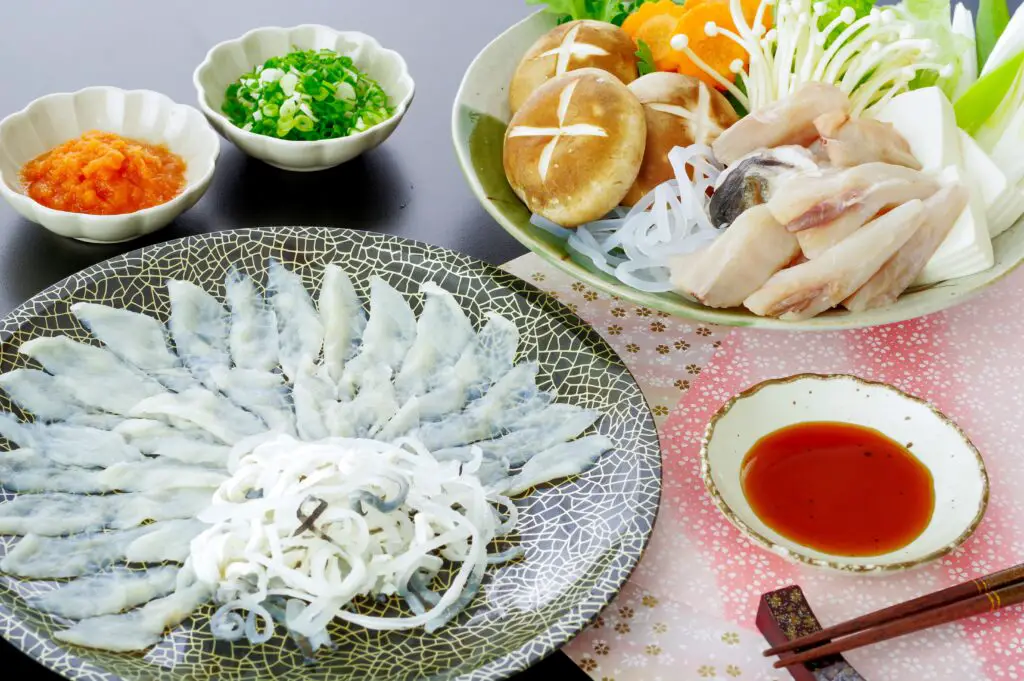
Fugu, or pufferfish, is a delicacy in Japan, but it was once considered too risky to eat due to its potentially deadly toxins. The fish contains tetrodotoxin, a potent neurotoxin that can paralyze and even kill a person if consumed in the wrong amounts. For centuries, this dangerous food was avoided, and only licensed chefs were allowed to prepare it due to the skill required to remove the toxic parts.
In the 17th century, some brave chefs began perfecting the art of fugu preparation, learning how to carefully cut around the toxic organs to create a safe meal. The risk paid off, and fugu became a highly sought-after delicacy, with a carefully controlled process ensuring safety. Today, eating fugu remains a thrilling yet carefully managed experience for those daring enough to try it.
5. Almonds
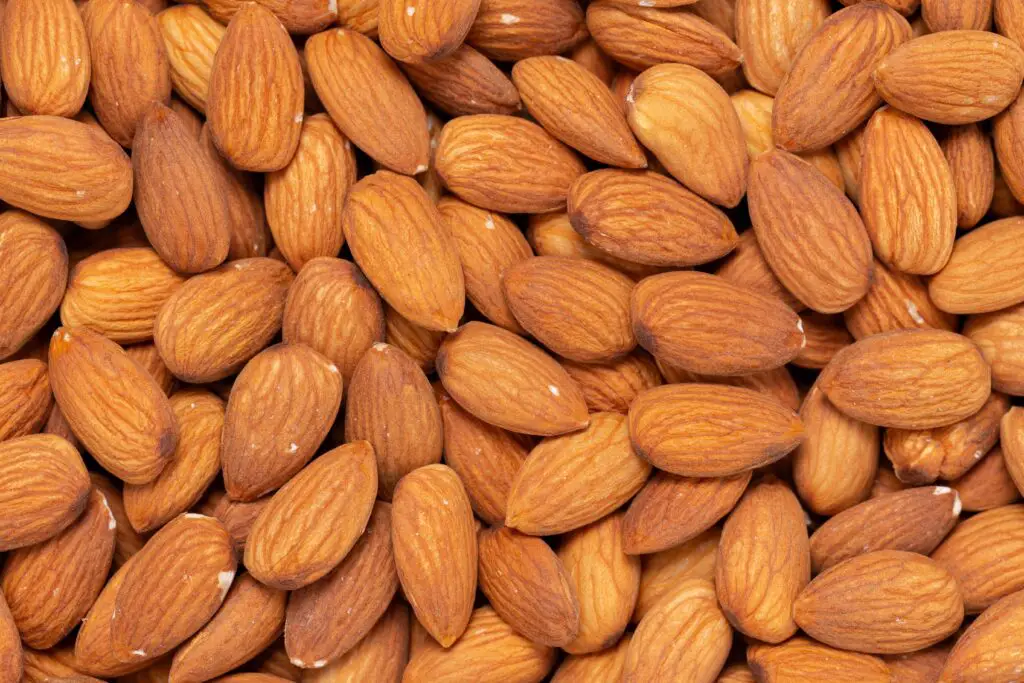
Sweet almonds, which we enjoy today in snacks and desserts, were once a source of concern due to their toxic cousin: the bitter almond. Bitter almonds contain amygdalin, which releases cyanide when it’s metabolized, making them potentially lethal if consumed raw. Early civilizations learned to recognize the difference between bitter and sweet almonds, but the bitter variety was still a feared poison in ancient times.
It wasn’t until almond cultivation practices were refined that the sweet varieties became more widespread and safe for consumption. The risk was taken by those willing to experiment with processing almonds in different ways, including roasting them to neutralize the toxins. Now, almonds are a common part of our diets, all thanks to the bold experimentation that made them safe to eat.
6. Lobster
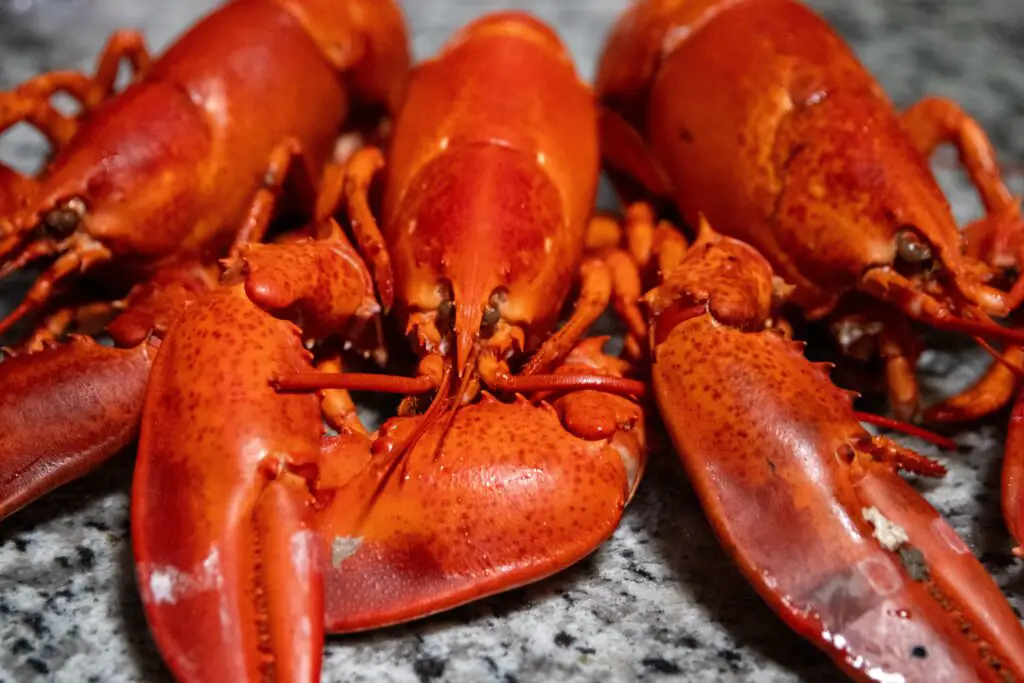
Once considered the “cockroach of the sea,” lobster was feared as a potentially dangerous and unappetizing food for centuries. In the early days of European colonization, lobsters were so abundant that they were fed to prisoners, the poor, and even cattle. They were seen as a lowly and unappetizing food, often thought to cause illness due to their reputation as bottom feeders.
It wasn’t until the 19th century that lobsters began to be appreciated for their delicate flavor and high nutritional value. This shift happened when people began experimenting with different cooking methods, like boiling and steaming, which revealed their true potential. Today, lobster is a luxury item, largely thanks to those who took a risk to elevate it from trash food to gourmet delicacy.
